
Egypt 2003: Aswan and Philae
Aswan is situated about 130 miles south of Luxor on what was once the southern border of Ancient Egypt. It lies on the east bank of the Nile at a point where the river cuts its way through the granite rock of the first of the cataracts.
At Aswan the green, fertile belt of the Nile Valley is interrupted and replaced in mid-desert. Sandstone is replaced by granite in the form of two rocky barriers which hold back the Nile and also harbor the quarries exploited early on in history by the great builder-pharaohs. Khnum is the lord of the cataract and master of a gulf which was believed to be the source of the Nile floods. From ancient times Aswan was a huge market situated at the crossroads of the routes from Africa, the western deserts of Egypt and India. This frontier trading-post, visited by people from a number of different countries, was also an important strategic point. It has served as a base for Roman garrisons, for the Turkish troops of the Ottoman sultan Selim in 1517, for the army of General Kitchener during the conquest of the Sudan (1896-8) and is now a major garrison for the modern Egyptian army.
According to tradition it is from Philae ("Pilak" in Egyptian), the smallest of the islands, that the goddess Isis watches over the tomb of Osiris on the neighboring island of Biga, declared sacrosanct because its earth was considered part of the god's mummified body. Only priests and temple servants were permitted to live on the island to perform the sacred rites of Isis and Osiers. The Temple of Isis and Horus the Child (Harpocrates) dominates the group of monuments erected on the island between the 26th Dynasty and the Roman period.
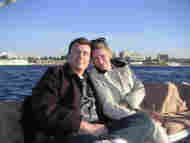 aswan/j001.jpg
aswan/j001.jpg
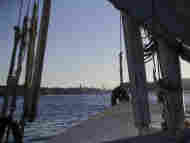 aswan/j002.jpg
aswan/j002.jpg
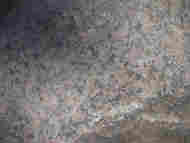 aswan/j003.jpg
aswan/j003.jpg
 aswan/j004.jpg
aswan/j004.jpg
 aswan/j005.jpg
aswan/j005.jpg
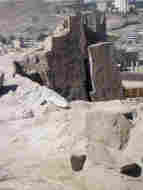 aswan/j006.jpg
aswan/j006.jpg
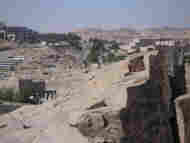 aswan/j007.jpg
aswan/j007.jpg
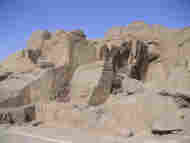 aswan/j008.jpg
aswan/j008.jpg
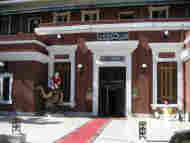 aswan/j009.jpg
aswan/j009.jpg
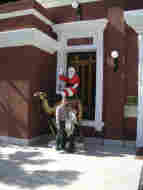 aswan/j010.jpg
aswan/j010.jpg
 aswan/j011.jpg
aswan/j011.jpg
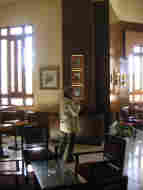 aswan/j012.jpg
aswan/j012.jpg
 aswan/r013.jpg
aswan/r013.jpg
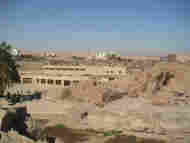 aswan/r014.jpg
aswan/r014.jpg
 aswan/r015.jpg
aswan/r015.jpg
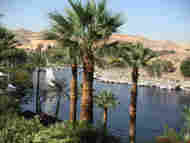 aswan/r016.jpg
aswan/r016.jpg
 aswan/r017.jpg
aswan/r017.jpg
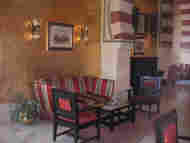 aswan/r018.jpg
aswan/r018.jpg
 aswan/r019.jpg
aswan/r019.jpg
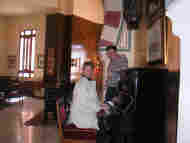 aswan/r020.jpg
aswan/r020.jpg
 philae/j001.jpg
philae/j001.jpg
 philae/j002.jpg
philae/j002.jpg
 philae/j003.jpg
philae/j003.jpg
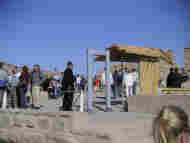 philae/j004.jpg
philae/j004.jpg
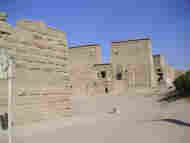 philae/j005.jpg
philae/j005.jpg
 philae/j006.jpg
philae/j006.jpg
 philae/j007.jpg
philae/j007.jpg
 philae/j008.jpg
philae/j008.jpg
 philae/j009.jpg
philae/j009.jpg
 philae/j010.jpg
philae/j010.jpg
 philae/j011.jpg
philae/j011.jpg
 philae/j012.jpg
philae/j012.jpg
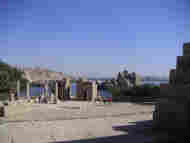 philae/j013.jpg
philae/j013.jpg
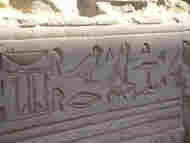 philae/j014.jpg
philae/j014.jpg
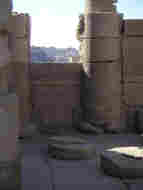 philae/j015.jpg
philae/j015.jpg
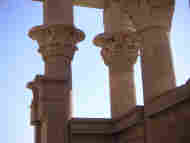 philae/j016.jpg
philae/j016.jpg
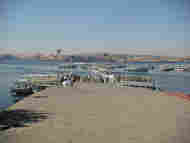 philae/r017.jpg
philae/r017.jpg
 philae/r018.jpg
philae/r018.jpg
 philae/r019.jpg
philae/r019.jpg
 philae/r020.jpg
philae/r020.jpg
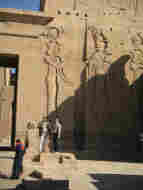 philae/r021.jpg
philae/r021.jpg
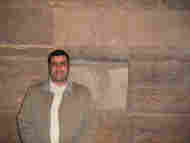 philae/r022.jpg
philae/r022.jpg
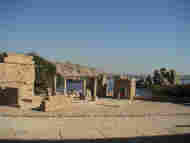 philae/r023.jpg
philae/r023.jpg
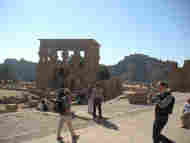 philae/r024.jpg
philae/r024.jpg
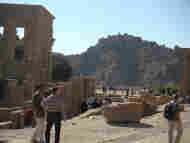 philae/r025.jpg
philae/r025.jpg
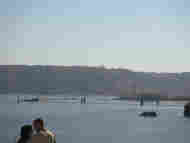 philae/r026.jpg
philae/r026.jpg